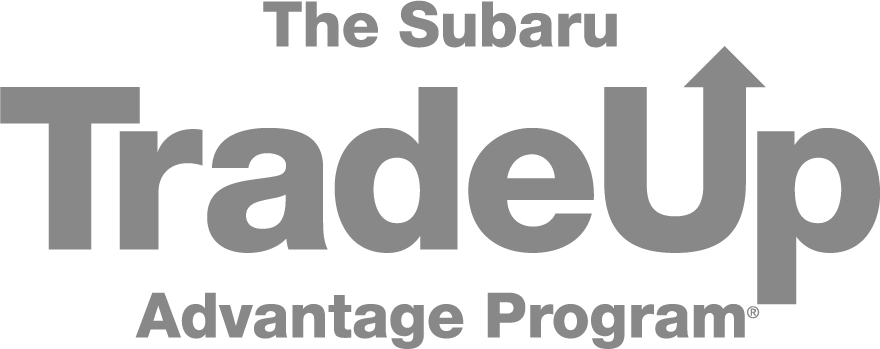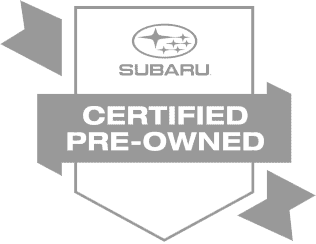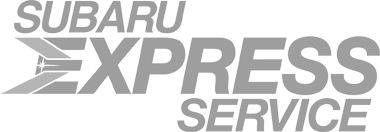Buy vs. Lease a New Subaru Near Detroit, MI
Choosing whether to buy vs. lease a new Subaru is an essential decision that depends on your personal driving habits and financial situation. Our Subaru dealership near Detroit is dedicated to helping you navigate this choice, offering guidance to ensure your driving experience matches your adventurous spirit.
Whether you're exploring Michigan's rugged trails in a Subaru Outback or enjoying a family camping trip in the spacious Ascent, understanding your leasing vs. buying options can help you enjoy your Subaru to the fullest.
Shop Now: New Subaru Lease & Finance Specials


What Are the Benefits of Leasing a Subaru in MI?
Leasing a new Subaru provides outdoor enthusiasts with a range of appealing benefits:
- Flexible lease-end options: At the end of your lease, enjoy the flexibility to return your Subaru, purchase it or begin a lease with the latest model, adapting seamlessly as your lifestyle evolves.
- Lower monthly payments: Leasing generally offers reduced monthly expenses because you pay for the vehicle's depreciation over the lease span. It's a budget-friendly method to enjoy innovative Subaru features and performance.
- Driving new models: Rotate into the newest Subaru models every few years and stay at the forefront of technology and safety features that enhance any adventure.
- Warranty coverage: Leases often coincide with the manufacturer's warranty, minimizing repair costs and allowing you to focus on the open road.
Best Reasons to Finance a New Subaru
Choosing Subaru financing near Detroit offers great benefits for those who appreciate longevity and personal customization:
- No mileage limits: When you buy a Subaru Impreza or Legacy, the absence of mileage restrictions allows unlimited exploration, perfect for cross-country road trips or exploring Michigan's renowned scenic routes.
- Freedom to customize: Ownership grants you the liberty to personalize your Subaru to complement your lifestyle, from outfitting a Crosstrek for the backcountry to enhancing a Forester with additional performance features.
- Building equity and strong resale value: Every payment builds equity, and the strong resale value of Subaru models ensures substantial return potential when you're ready for a new model, adding financial advantages to long-term ownership.
Is Leasing vs. Buying a Subaru Right for Me?
Deciding between leasing and buying a Subaru in MI depends on your individual needs and driving habits. Leasing may appeal if you prefer the latest models or need budget-friendly payments, while buying might be best if you love having no mileage caps and total customization freedom.
If you still have questions or need advice specific to your finances, contact Hodges Subaru in Ferndale. Our knowledgeable team is ready to help you find the perfect Subaru solution for your adventure-filled life!
Learn More: Why Buy from Us? | Sell Us Your Car




